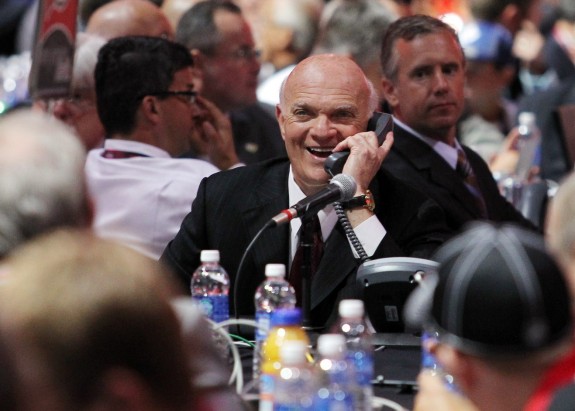
For the second consecutive season and the third time in four years, the New Jersey Devils will not be participating in the Stanley Cup playoffs. This marks the first time since the 1985-86 and 1986-87 seasons, that New Jersey will miss the postseason in consecutive campaigns. With just three regular season contests remaining against the Ottawa Senators, New York Islanders and Boston Bruins, the Devils stand at 34-29-5-11 (84 points), good but not nearly good enough.
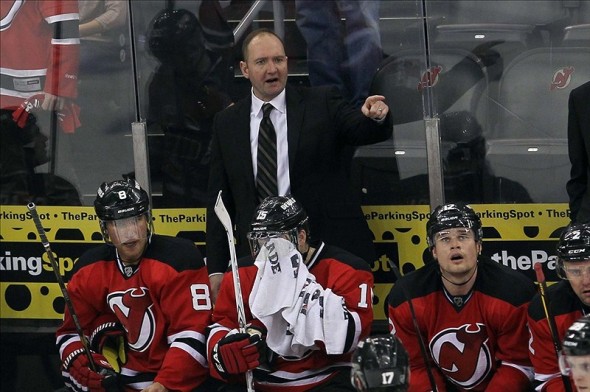
Rubbing more salt in the wound, that 30th overall pick in the first round of the 2014 NHL draft, will be a locked in pick, not because the Devils hoisted the Cup.
There will undoubtedly be a lot of questions to answer this summer for the Devils organization. Most notably figuring out how to fill up the back of the net with more consistency. More specifically, not having to solely rely on your top scorer being a 42-year-old (Jaromir Jagr) and your second leading scorer, a 37-year-old (Patrik Elias), who was still second on the team in points, despite missing 17 games with an assortment of injuries.
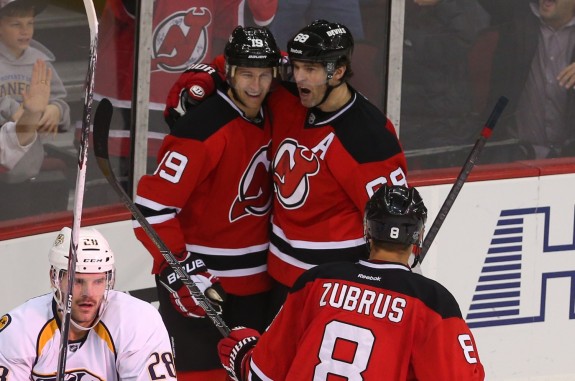
The club will also need to evaluate how many “role players” they can afford to have above the fourth line. It’s one thing to have gritty gamers like Stephen Gionta, Ryan Carter and Steve Bernier on the fourth line but if you have guys who are supposed to fill it up with more regularity on the other lines, be it Michael Ryder, Damien Brunner, Dainius Zubrus, Ryane Clowe, etc., you’re really dealing with a “luxury” on a team lacking consistent finishers around the net.
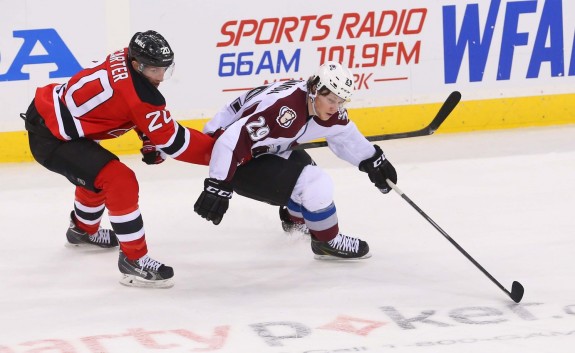
New Jersey also has some promising youngsters in the system, with the likes of Reid Boucher, Mike Sislo, Stefan Matteau, Jon Merrill, Adam Larsson, Eric Gelinas, etc. Perhaps what it takes is the Devils finding out what they have in developing these kids. Harnessing a new core is what this team could really use to build around. Ideally leading the charge and continuing to step it up would be Travis Zajac, Adam Henrique, Andy Greene and Cory Schneider, from a leadership perspective.

Where the Devils were really hurt this season was being consistently inconsistent. There were just way too many games where the club either needed a finisher or just plain needed to finish. Scoring only 191 goals and posting a minus ten goal differential, just won’t cut it.
I’m not as caught up in the 0-and-11 mark in shootouts as some. What was more concerning was what transpired at the beginning of the season and the span of the last month of the season. The club dug an early hole, going win-less in its first seven contests of the season. Perhaps most egregious in that stretch was a blown 3-0, third period lead, at the Edmonton Oilers. Then in the span of the last month, New Jersey fell to the likes of the Florida Panthers, New York Islanders and Buffalo Sabres, both of whom were essentially trotting out the AHL rosters of the Bridgeport Sound Tigers and Rochester Americans respectively and then finally the dagger, a 1-0 shutout loss at home to the Calgary Flames, who have the second fewest amount of points in the Western Conference.
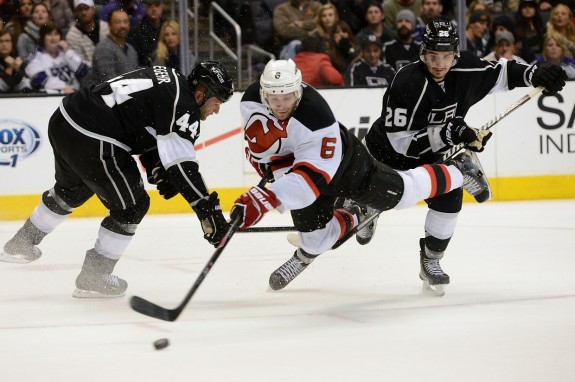
It may be cliche but in this instance, it’s true. Good teams beat the teams that they’re supposed to beat. Case in point, this season, combining regular season, overtime and shootouts, the Devils lost 20 games against opponents that are not in the postseason, as of this writing. This number is made even more frustrating by the fact that the Devils most impressive victory of the season was a 7-1 pasting of the St. Louis Blues. Plus their best stretch of the season came with three wins in a row against the Pittsburgh Penguins, Anaheim Ducks and Los Angeles Kings in November.
So all that remains are three virtual exhibition games and for the likes of Larsson, Merrill, Gelinas, Sislo and Tim Sestito, hopefully a deep Calder Cup playoff run with the AHL Albany Devils. Otherwise, it’s over. Onto the draft, then free agency. Another season ending far too early, based on the expectations of the past, set in New Jersey.